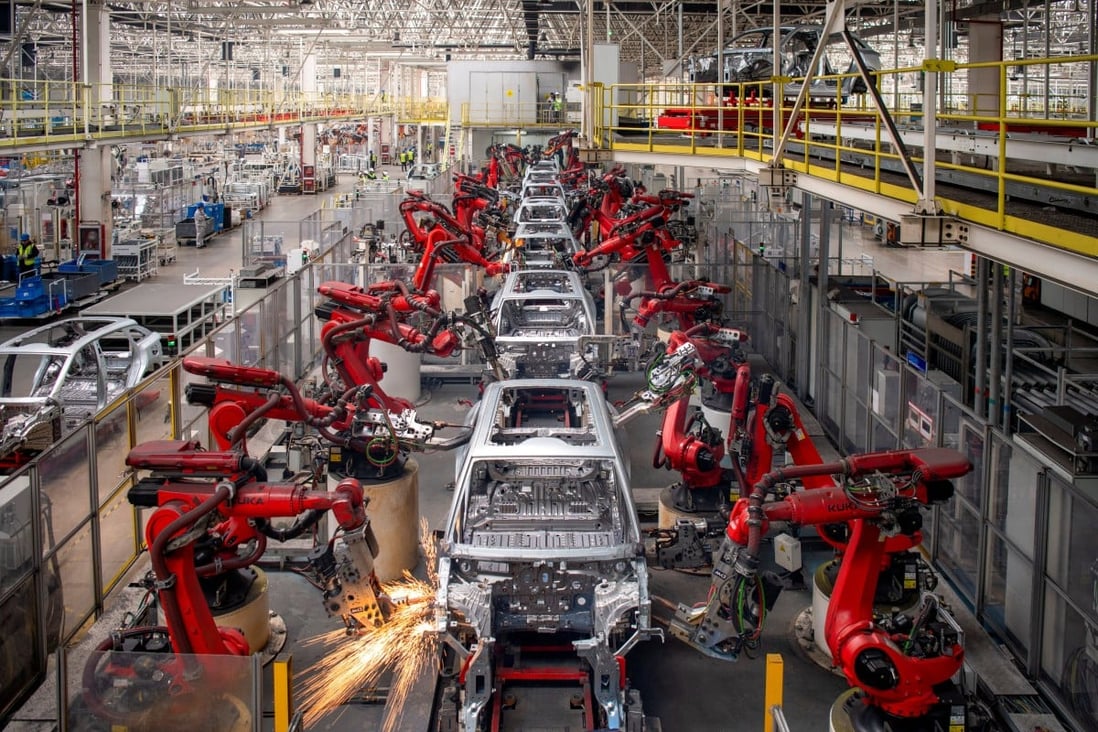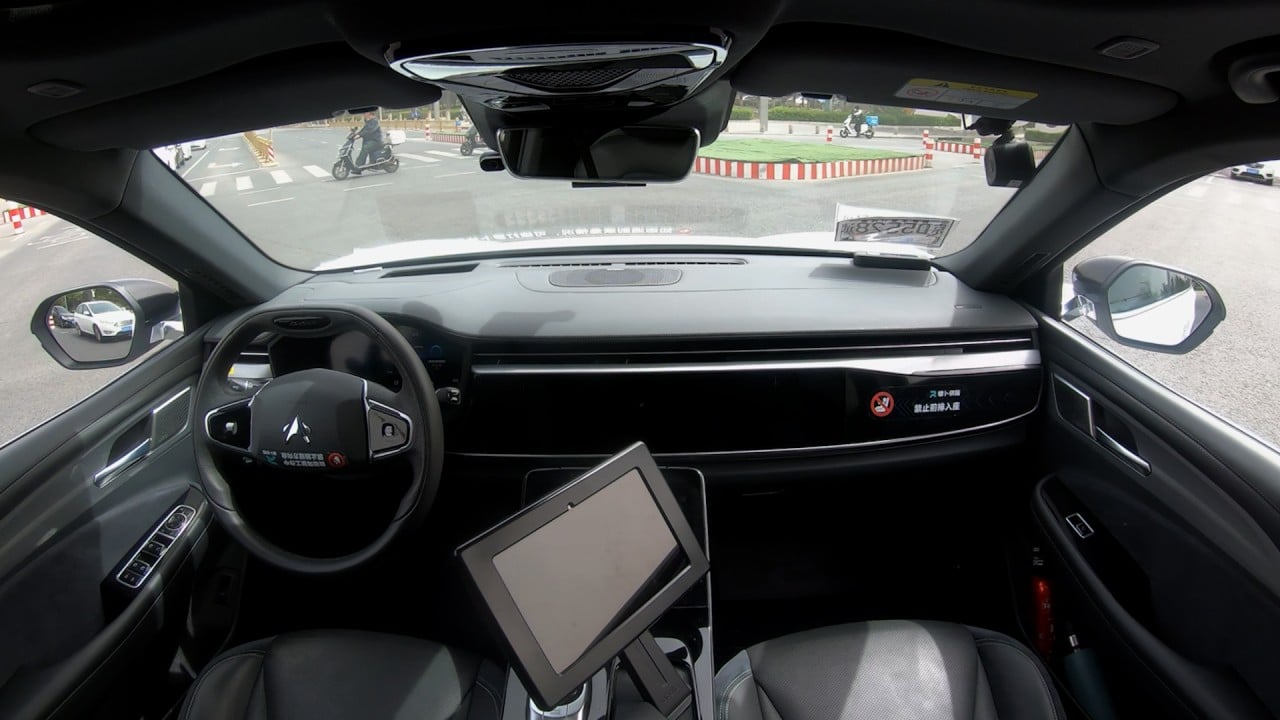Andy Xie

The rapid expansion and innovation of China’s electric vehicle industry has made EVs more affordable for the world. As more EVs become cheaper than cars that use internal combustion engines (ICEs), the climate-friendly choice is also becoming an economical one.
Yet the Global North is likely to erect barriers in the name of national security. The Global South, however, will welcome Chinese EVs to ease its dependence on imported oil – also a matter of national security – lower transport costs and boost productivity.
The increasing cost competitiveness of EVs was on display at the just-concluded Shanghai auto show. China’s new battery technologies, which rely on cheap and plentiful minerals, are stabilising costs and removing the biggest risk to EV adoption: dependence on scarce minerals.
As EV production costs fall in China, it is only a matter of time before the vehicles become much cheaper than ICE cars.
The EV industry is probably the first major modern industry that China is leading, similar to Japan’s leadership in electronics in the 1980s. The EV supply chain is mostly in China so its EV prices, other than reflecting the costs of imported materials, also reflect the cost of labour in China. Without a technological edge, EV makers in the Global North will have a hard time overcoming China’s cost advantage.
The EV industry’s coming of age is China’s Walkman moment. It is a reflection of the efforts to develop indigenous capability throughout China’s supply chain and by Chinese private companies. As a largely electronic product, EVs fit well with China’s manufacturing strengths. But it was also a lucky break for China that many of the global carmakers that dominated its market chose not to fully commit to EVs – and are thus being left behind.
Countries in the Global North will find it very hard to compete against the rise in Chinese EVs. Their policy is still mainly to subsidise the buying of uneconomic EVs against the ICE alternatives. Their EV supply chains are incomplete and costly.
Given how the carmaking sector is critical to so many of their economies, they are likely to erect trade barriers against Chinese EVs. Some Western companies may continue to sell EVs made with Chinese components, as some already do. But it is likely that politics will catch up sooner or later with this loophole.
Even if the Global North decides to strongly invest in EVs now, the development of an indigenous supply chain will be very slow. China can complete a mega factory in a year. It would take three to five years in most developed countries and cost many times more. Meanwhile, Chinese companies continue to innovate at the frontier of EV technology.

Baidu wins permits to offer fully driverless robotaxi service in Beijing
Baidu wins permits to offer fully driverless robotaxi service in Beijing
This is one industry in which China simply won’t lose its lead. Even if the Global North manages to set up an EV supply chain, costs could be twice as high as China’s. The world is moving towards two prices for one product – except in this case, the cheaper one is also likely to be better.
Legacy carmakers have argued that EV adoption in the Global South would be slow because of the poor charging infrastructure. But low EV prices are likely to stimulate solutions, especially as the mass adoption of EVs can insulate the Global South from the volatility in oil prices.
For many places in the Global South, transport is a relatively clean slate – and cheaper and more secure options are always attractive. Mass adoption of cheap and affordable EVs could greatly boost mobility, enhancing workforce productivity.
The relative simplicity of making EVs, compared to ICE cars, also opens up opportunities for emerging economies to join the game. The spread of the EV-making industry in the Global South would be a direct economic boost. China will also benefit as emerging EV makers in the region import batteries and other key components from China.
China’s largest shipment of electric vehicles sets sail from Shanghai port
But the most immediate impact of the rise of EVs is the transformation of China’s car market. China, the world’s largest car market, is on track to become the largest car exporter. EV sales in China are rising rapidly – at the expense of ICE cars – nearly doubling last year to make up 25.6 per cent of the market. In the first three months of this year, EV sales rose by 25 per cent year on year.
Within five years, China’s car market is likely to mostly comprise sales of EVs. The impact of this on global carmakers that have long relied on Chinese customers will be severe. Some may go bust.
Three decades ago, the Chinese government embraced the strategy of partnering global companies with Chinese state-owned enterprises to develop its carmaking industry. That strategy didn’t do so well. Instead, some private companies that rose in the electronics industry pivoted successfully to the EV market.
This should be a lesson about the effectiveness of industrial policy or political preference for state ownership. Private companies work best in a highly competitive and fast-evolving market.
Two decades ago, I wrote that 50 million cars would soon be on China’s newly built highways, seen as hyperbole at the time. There are now more than 250 million cars on China’s roads. And China is ready to supply the world with its EVs, sporting the latest technology and, soon, maybe even price tags from the 1980s.
No comments:
Post a Comment